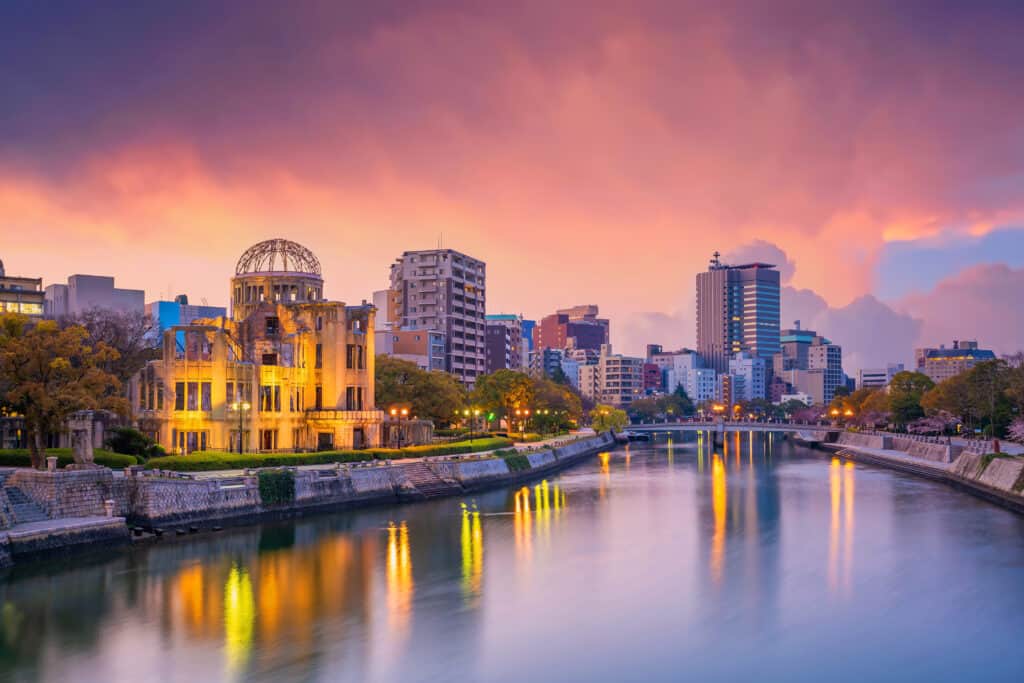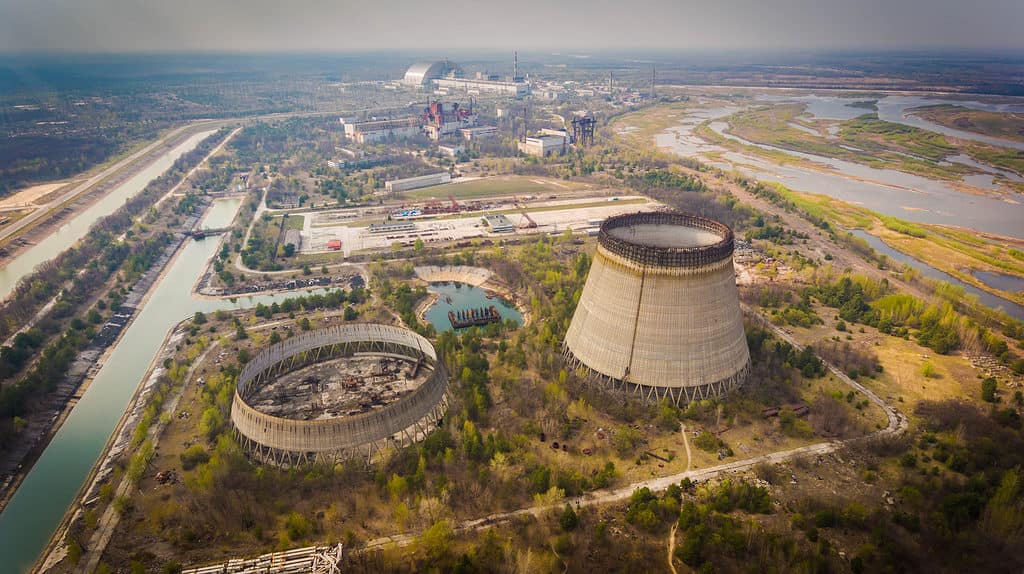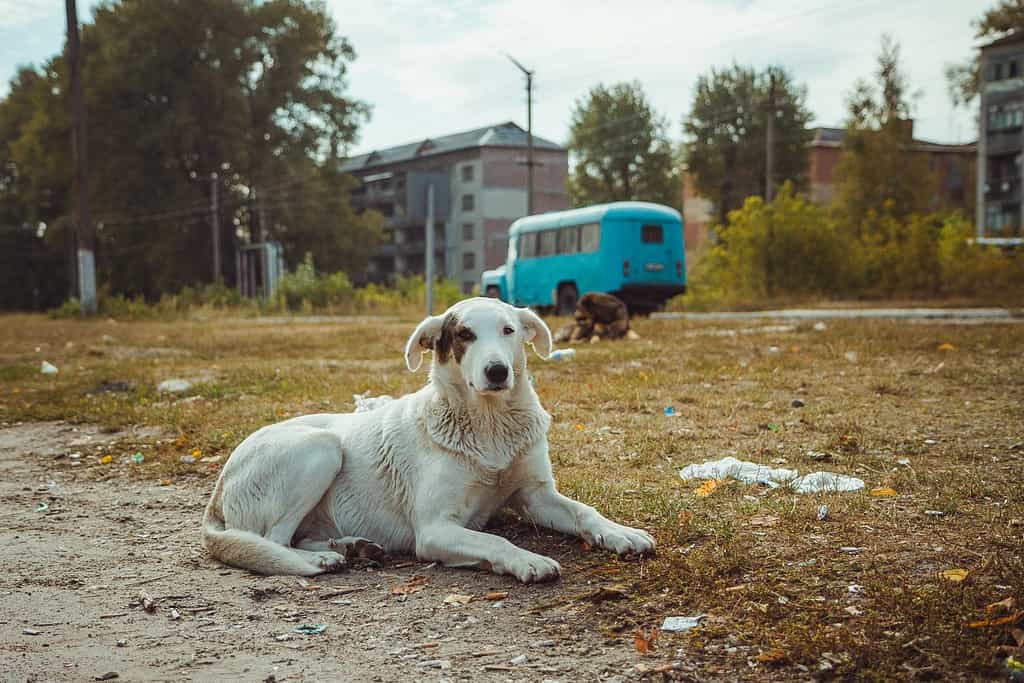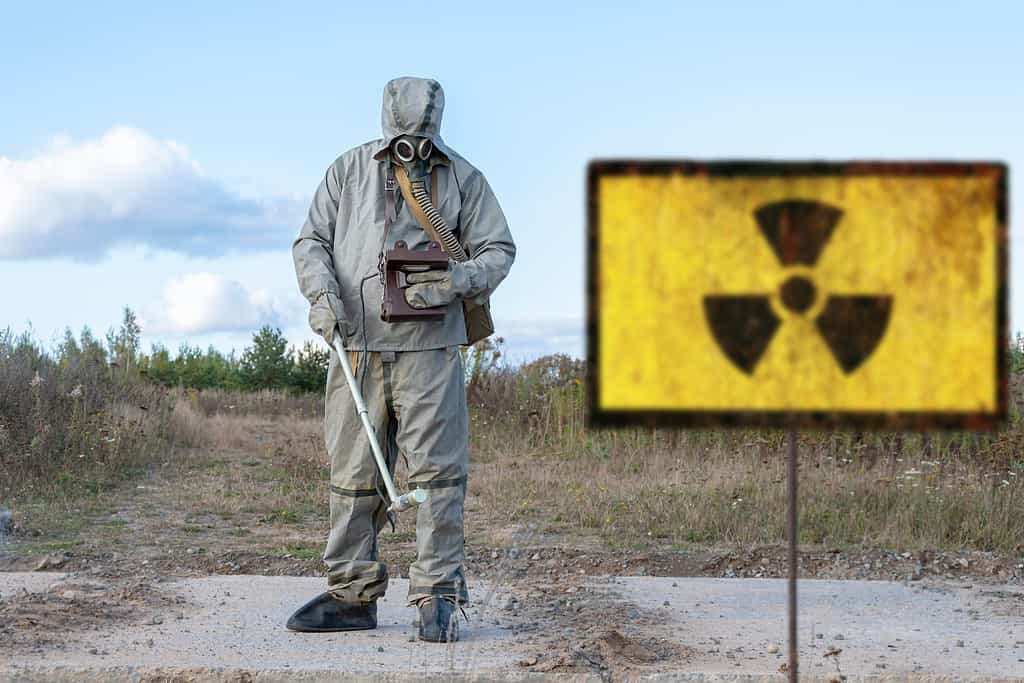Nuclear weapons are the most destructive devices ever created by human beings. They are very much like a temporary blazing star on the surface of the Earth. The combined effects of the shockwave, firestorm, and radiation are enough to vaporize everything, living or inanimate, for miles around. It’s hard to imagine nature ever recovering from such a catastrophe, yet the surprising fact is that it does, eventually. You might be surprised how quickly this can occur. Check out these examples of some of the most nuked places on Earth.
Hiroshima and Nagasaki

Hiroshima has thoroughly recovered from the environmental effects of the atomic bomb.
©f11photo/Shutterstock.com
In 1945, the U.S. dropped atomic bombs on Hiroshima and Nagasaki to force Japan‘s surrender in World War II. These 15-25 kt blasts created heavy damage out to a radius of 3 mi (4.8 km) from the blast sites. Lighter damage extended as far out as 12 miles (19.3 km). As many as 210,000 people died at the time. Tens of thousands more expired over the years from cancers and other medical issues.
Scientists thought these cities would be uninhabitable for generations, but that wasn’t the case. The bombs were small by today’s standards, and they were detonated in the air rather than at ground level. As a result, the radiation was limited. About 80% of it was disbursed by the wind within the first 24 hours. Within two to six years both cities were cleaned up and largely rebuilt. Today Hiroshima has a population of 1.2 million, which is nearly a million more than it had before the war. Radiation levels are indistinguishable from the normal background radiation found all over the world.
Bikini Atoll

In 1954, the United States tested its largest-ever nuclear bomb on Bikini Atoll in the Pacific.
©Guadalupe Polito/Shutterstock.com
In the 1940s and 50s, the United States tested 23 nuclear weapons at Bikini Atoll in the Marshall Islands. The 1954 Castle Bravo test was the most powerful of the United States’ tests. Because of a miscalculation, the explosion turned out to be 15 megatons, three times larger than expected and a thousand times bigger than the Hiroshima bomb. It spread radioactive fallout over several inhabited islands and a Japanese fishing boat. The affected people had radiation sickness, and some died of cancer.
The test site’s location in the ocean exposed it to wind, rain, and sea currents that helped dissipate some of the radiation. Plant and animal life on land and in lagoons began to return in the years after nuclear testing stopped in 1958. Coral in the sea has since grown over 26 ft (8 m) tall since the last atomic test.
The former residents of Bikini Atoll were allowed to start returning in 1987. This was premature. Stillbirths and infant genetic abnormalities began showing up. The island was re-evacuated and has remained uninhabited since. The flora and fauna generally look normal but are still so radioactive that the only way to live on the island safely would be to eat only imported foods. However, it is safe enough for tourists to dive to see shipwrecks remaining from tests of nuclear weapons on naval assets.
The Tsar Bomba

Abandoned equipment and debris exists on Novaya Zemlya Archipelago in the Russian Arctic.
©Igor Batenev/Shutterstock.com
In 1961 the Soviet Union created the most powerful manmade explosion ever on the Arctic archipelago of Novaya Zemlya. The Tsar Bomba (“King of Bombs”) was a nuclear weapon that released an astounding 50 Mt of energy, more than three times larger than America’s Castle Bravo and 4,000 times more powerful than the Hiroshima bomb! The radius of destruction was 62 miles (100 km). The flash was visible as far away as Greenland and Alaska and the mushroom cloud rose 42 mi (67 km), to the edge of space.
Despite the unprecedented size of the Tsar Bomba, fallout was limited by the fact that it was detonated three miles above the ground. As a result, within two hours, testers were able to visit the explosion site and found very low levels of radioactivity. However, the island as a whole is contaminated with very high levels of radiation. This is not because of the Tsar Bomba, but because the Soviets have tested weapons and dumped radioactive materials on the island and the neighboring seas for decades.
Today, the glaciers in the region are 60-130 times more radioactive than the normal baseline. Lichens on the northern Russian coast have high levels of strontium radiation, which is passed on to the reindeer that feed on them and the indigenous people who depend on reindeer for their food and livelihood. Improperly stored waste continuously leaches into the Barents Sea, threatening the Russian and Norwegian fishing industries.
Chernobyl

The amount of radiation in and near Chernobyl will stay at unsafe levels for 20,000 years.
©Lux3000/Shutterstock.com
Chernobyl was a power plant accident, not a nuclear test or even a nuclear chain-reaction explosion. It was more akin to a “dirty bomb” in which a conventional explosion scatters radioactive materials. Due to human and mechanical error, the Chernobyl reactor north of Kiev, Ukraine melted down. The ensuing explosion and fire spread highly radioactive materials over a broad region of Ukraine, Belarus, and Russia. The government permanently evacuated about 200,000 people. The radioactive Exclusion Zone around the area will not be safe for habitation for 20,000 years!
Why Was it So Radioactive?
Chernobyl created a longer-term ecological catastrophe than Hiroshima because the explosion was 400 times bigger, and it took place on the ground rather than in the air. This irradiated a large area of soil and spread much more deadly fallout.
Environmental Results

Dogs descended from pets roam freely in abandoned Pripyat, Ukraine.
©Sergiy Romanyuk/Shutterstock.com
The results on the environment need a lot more study but are not as severe as you might think. The leaves of affected plants have changed shape and various animal species have given birth to deformed young. On the other hand, wildlife is proliferating in the deserted areas, including beavers, wolves, wild boars, moose, various bird species, and the now-feral pet dogs that were left behind. Oddly, by keeping people away, Chernobyl is turning into a wildlife haven.
Humans exposed to high doses of radiation have increased risks of leukemia, cardiovascular diseases, and cataracts. Children who were exposed also have higher levels of a variety of diseases, including thyroid cancer. However, about 1,000 people have returned to the area voluntarily and show little increased risk of cancer. It seems that chronic exposure to elevated radiation is not as dangerous to people as a sudden dose of it in an explosion. Tourists can now safely take day trips to the Exclusion Zone to experience the post-apocalyptic ambiance of Pripyat.
Reassuring or Concerning?

Most of the initial radiation from a nuclear explosion tends to dissipate rather quickly.
©Anelo/Shutterstock.com
The evidence from some of these most-nuked sites on the planet can be reassuring or concerning. Nature does seem resilient enough to recover more quickly than we might imagine from the horror of a nuclear explosion or accident. Sites that are too radioactive for people can become havens for wildlife that can adapt to the changed environment. On the other hand, these cases only show what happens with a single explosion, usually carefully controlled to limit fallout. We can’t predict how, or if, life on Earth would be able to recover from the large-scale use of nuclear weapons. Let’s hope we never find out.
The photo featured at the top of this post is © Volodymyr Burdiak/Shutterstock.com
Thank you for reading! Have some feedback for us? Contact the AZ Animals editorial team.







